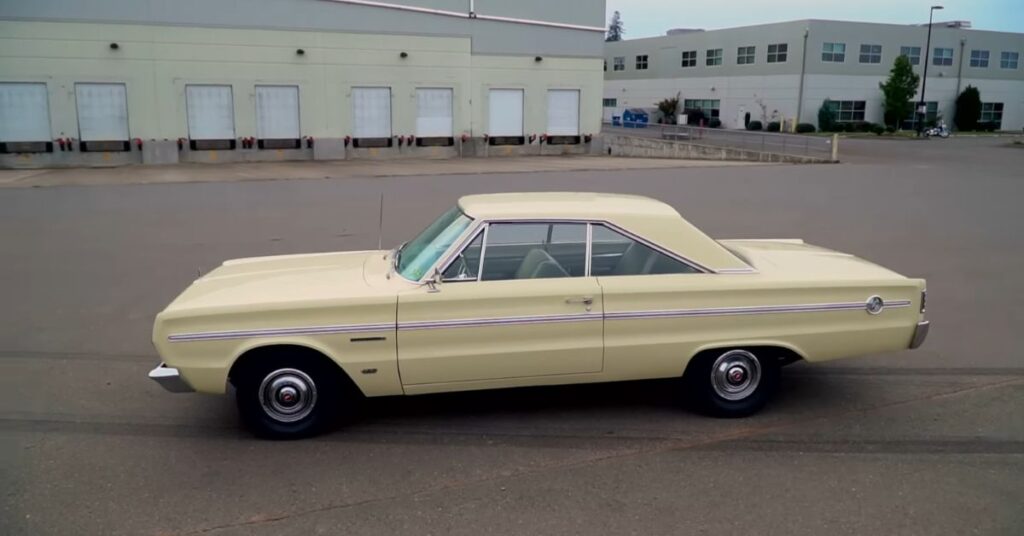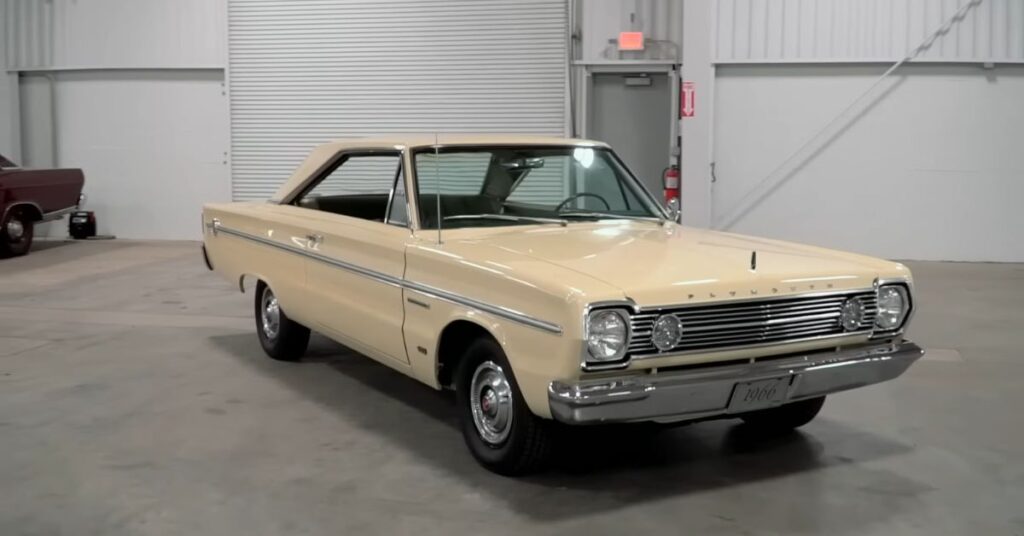The 1966 Plymouth Belvedere II 426 Hemi stands as an icon in the realm of American muscle cars. With its remarkable power, innovative design, and distinctive style, this vehicle has left an indelible mark in automotive history. Let’s delve into the details of this legendary car and uncover the reasons behind its enduring popularity.
The Belvedere: A Mid-Range Model
The 1966 Plymouth Belvedere II 426 Hemi occupied a unique position in the Plymouth lineup, sandwiched between the stripped-down Belvedere I and the more luxurious Satellite. It struck a perfect balance, offering both affordability and performance. While the base model came equipped with a reliable 225 slant-six engine, it fell short in terms of raw power, failing to qualify as a true muscle car. However, the Belvedere II aimed to change that perception and set a new standard in the industry.
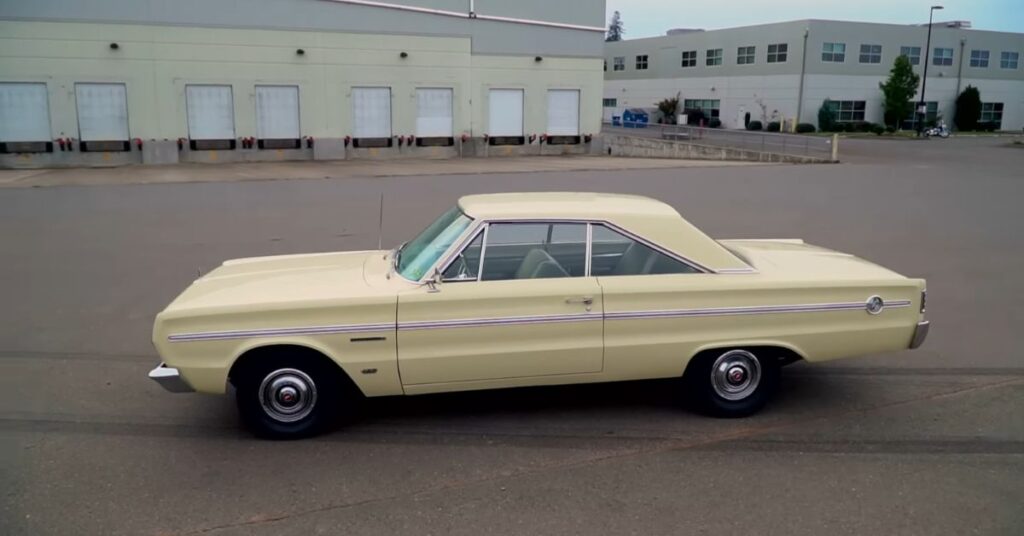
With the introduction of the Belvedere II, Plymouth sought to redefine what a muscle car could be. This mid-range model was poised to break free from the constraints of its predecessors and make a lasting impact. Equipped with the legendary 426 Hemi engine, the Belvedere II promised to deliver unparalleled power and performance. It was a game-changer, ready to challenge the notion of what a mid-range car could achieve on the road.
Unleashing the Power: The 426 Hemi Engine
The heart and soul of the 1966 Plymouth Belvedere II was its formidable 426 Hemi engine. This powerhouse of an engine was a true marvel of engineering, delivering exceptional performance and raw power. Its name, “Hemi,” derived from the hemispherical shape of the combustion chamber, which allowed for larger valve sizes and improved airflow.

With a displacement of 426 cubic inches, this V8 engine was a force to be reckoned with. It boasted an impressive power output of 425 horsepower and a whopping 490 pound-feet of torque. These figures made it one of the most powerful engines of its time, firmly establishing the Belvedere II as a true contender in the world of muscle cars.
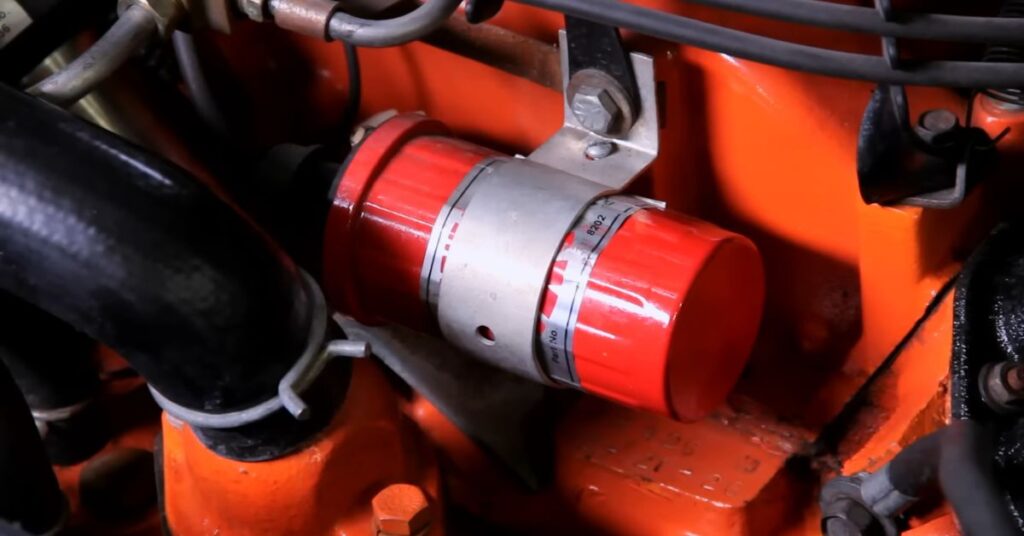
The 426 Hemi engine was not just about raw power; it was also a technological marvel. It featured a high compression ratio, performance carburation, a specially designed camshaft, solid valve lifters, and a low restriction exhaust system. These enhancements contributed to its impressive performance on both the street and the drag strip, allowing the Belvedere II to reach quarter-mile times in the low 13-second range.
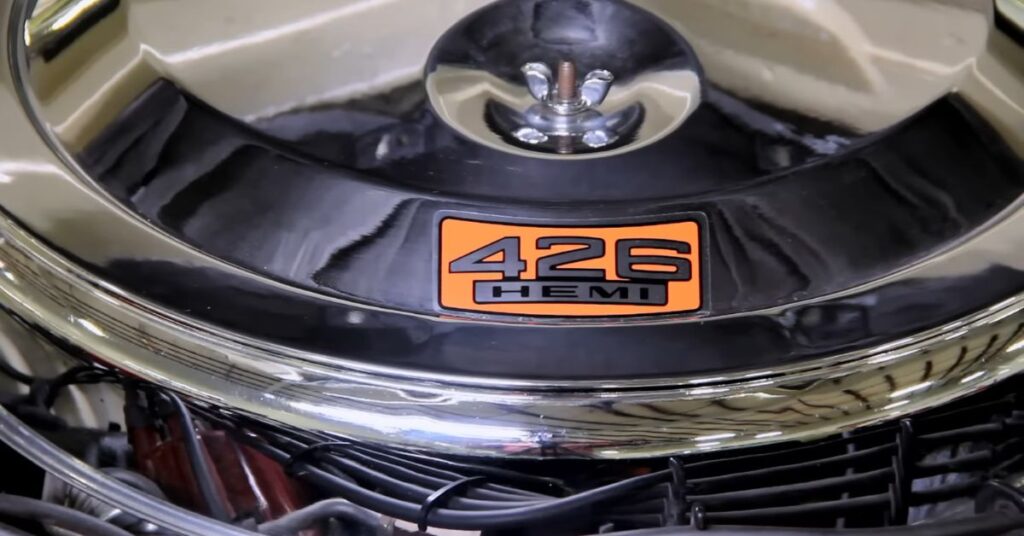
The 426 Hemi engine in the 1966 Plymouth Belvedere II represented the epitome of American muscle car engineering. It was a testament to Plymouth’s commitment to pushing the boundaries of performance and delivering an unforgettable driving experience. The sheer power and exhilaration unleashed by this engine made the Belvedere II a legend among enthusiasts, solidifying its place in automotive history.
Unibody Construction and Superior Handling
Unlike many other muscle cars of the time, the Belvedere II featured a unibody construction. This design approach, which integrated the body and frame into a single unit, offered enhanced rigidity and reduced weight. It contributed to the car’s excellent handling characteristics and overall performance.

The Belvedere II utilized a torsion bar front suspension system known as the “torsion air system,” which provided a smooth ride and better control during cornering. The leaf spring rear suspension was also intelligently engineered to minimize wheel hop and ensure stability during rapid acceleration and braking.
Design and Styling
The 1966 Plymouth Belvedere II boasted a design that was both timeless and captivating. Its sleek lines, bold curves, and attention to detail made it an instant head-turner. Plymouth managed to strike the perfect balance between classic elegance and aggressive muscle car styling.

From the front, the Belvedere II exuded a sense of power and authority. The prominent grille, flanked by quad headlights, gave the car a commanding presence on the road. The clean and aerodynamic design of the body, with its flowing contours and sculpted sides, enhanced the car’s overall aesthetic appeal.

One notable design feature of the Belvedere II was its unibody construction. Unlike some of its competitors, which featured body-on-frame designs, the Belvedere II incorporated a unified structure that made it both lighter and more rigid. This construction method not only contributed to the car’s handling and performance but also allowed for a sleeker and more streamlined appearance.
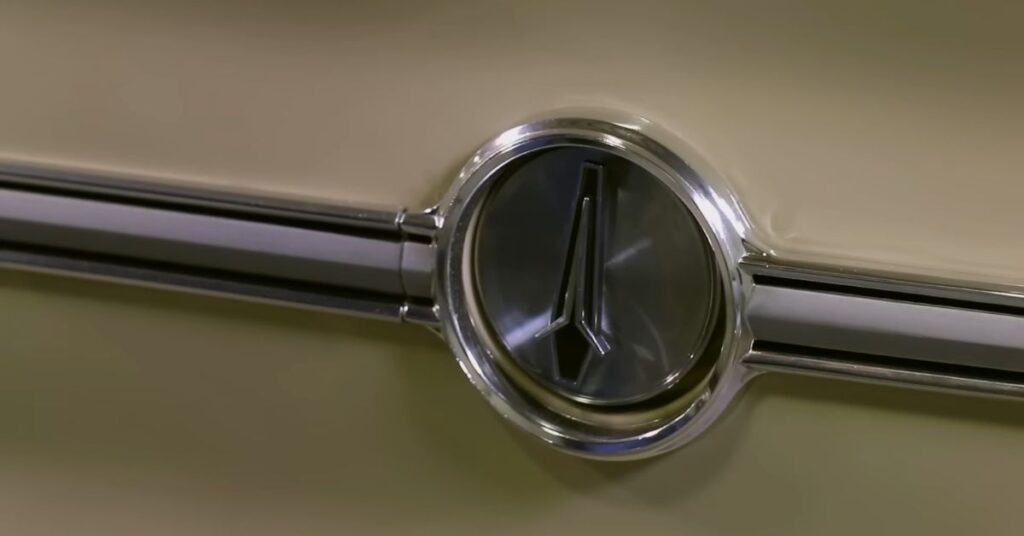
The interior of the Belvedere II was equally impressive. It combined comfort, functionality, and a touch of luxury. The spacious cabin provided ample room for both the driver and passengers, ensuring a comfortable ride. The attention to detail was evident in the choice of materials and finishes, with options like light gold upholstery complementing the exterior color scheme.
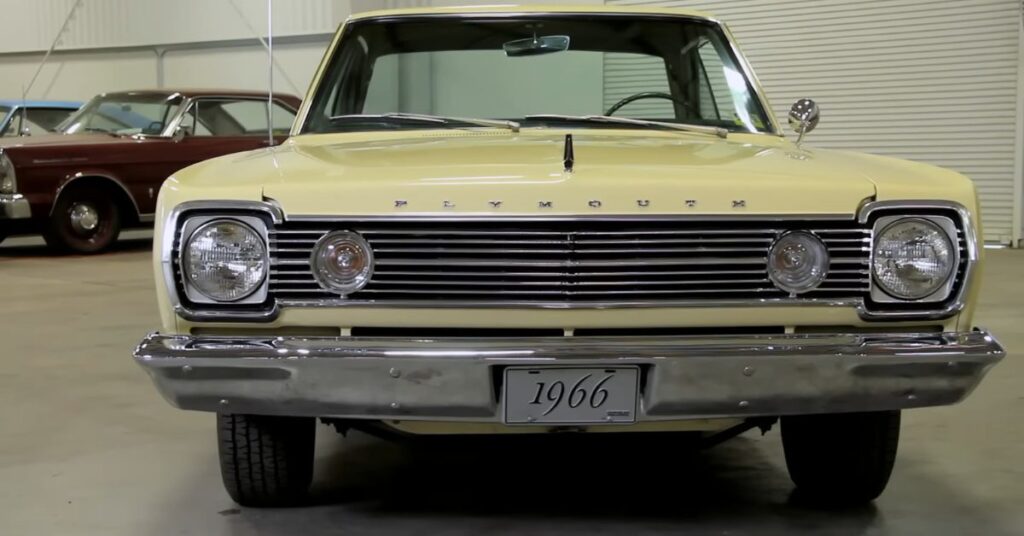
Overall, the design and styling of the 1966 Plymouth Belvedere II showcased Plymouth’s commitment to creating a visually stunning and well-crafted vehicle. Its timeless appeal continues to resonate with car enthusiasts, making it a sought-after classic among collectors and a symbol of automotive excellence.
The Significance of the Color Choice
The choice of a soft yellow color for the Belvedere II was emblematic of the era’s fascination with unconventional and vibrant hues. The automotive industry drew inspiration from contemporary fashion and home décor trends. In 1966, shades like soft yellow and gold were in vogue, just like avocado refrigerators and gold wallpaper. By embracing this color scheme, Plymouth created a car that embodied the spirit of its time.
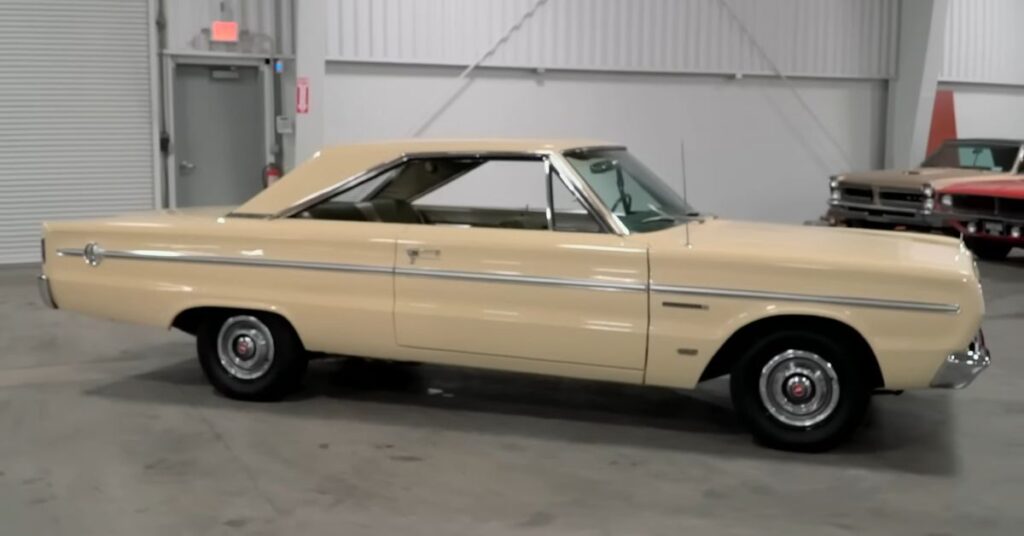
In terms of performance, the 1966 Plymouth Belvedere II 426 Hemi was a force to be reckoned with. In stock trim, it was capable of quarter-mile times in the low 13-second range, reaching speeds over 105 miles per hour. With some aftermarket modifications, such as improved tires and exhaust headers, these cars could achieve even better results. The legacy of the Belvedere II continues to captivate automotive enthusiasts, as it represents an era when raw power and sleek design converged to create unforgettable muscle cars.
Conclusion
The 1966 Plymouth Belvedere II 426 Hemi holds a special place in the hearts of car enthusiasts. Its combination of striking design, exceptional performance, and groundbreaking engineering sets it apart from its contemporaries. Whether cruising down the street or dominating the drag strip, this car embodies the essence of American muscle. It represents an era when cars were an expression of freedom and power. The Belvedere II will forever remain a symbol of the golden age of American automotive design and performance.
